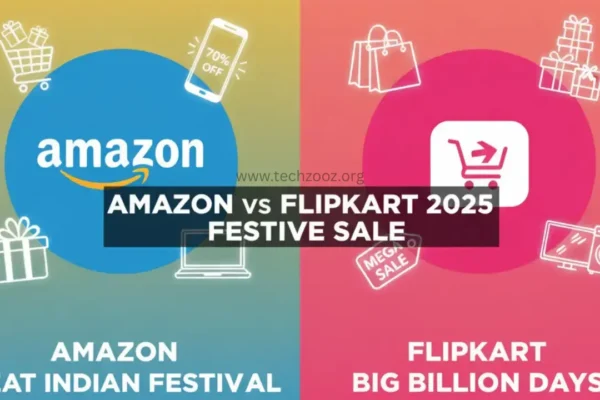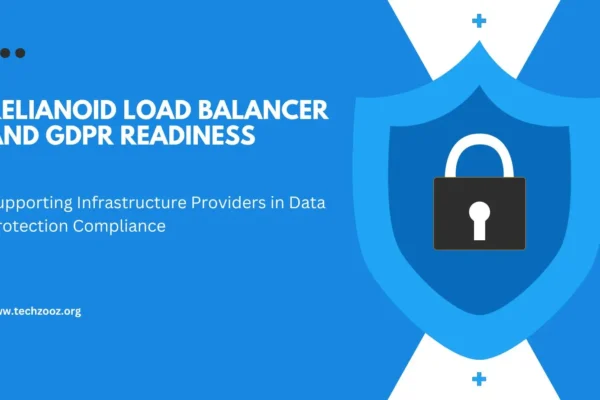
Why do the manager crave for an AHA moment
An “Aha!” moment occurs when you realise something for the first time in a split second. It’s the moment you find what you’ve been looking for. It’s also when your consumer realises they need your marketing products. An epiphany may have a big impact. Consider the last time you saw anything (a nice gadget or a brilliant concept) and thought to yourself, “I need that in my life.” You probably Googled it to find out more about the product, such as who sold it and how you might obtain it. What is the most enjoyable aspect? You can persuade potential customers to agree with you about your company.
Website visitors form an assessment of your site in less than 0.05 seconds and decide whether or not to stay. Similarly, 73 percent of consumers would delete or deactivate a mobile app after three months of use.
As a result, it’s critical to guarantee that a user’s first impression of a product is positive and that they can rapidly recognise the app’s value. When product teams can quickly explain how a product works and how it directly helps consumers, they can maintain customers and users for the long haul. The “aha!” moment describes a user’s epiphany when they realise a product’s full potential.
AHA moments improve the insights of the project
The term “insight” refers to a sudden, conscious shift in a person’s perspective of a stimuli, scenario, event, or problem, often known as a “aha moment.” Thanks to recent advancements in neuroimaging technology and neurophysiological techniques, researchers have been able to zero in on the brain circuitry that produces insight, a phenomenon that cognitive psychologists have theorised about for over a century. Let’s look at some more examples of aha moments to assist you out.
According to research, rather than appearing out of nowhere, insight is the result of the unconscious mind piecing together loosely connected bits of information taken from previous knowledge and experiences and forming unique correlations among them. It’s acceptable to draw parallels between insight and creativity in this manner of thinking about it.
Make sure you understand the information
The best way to flesh out your clients’ replies is to pair their responses with relevant facts. This method can provide you a comprehensive perspective of your customers’ journey as well as the data you need. Using your product data, discover when and why your customers convert. To locate the aha moment, compare your clients’ reactions to the statistics. Look at the data for answers to questions like these for AHA moment:
- When it comes to converting clients, how important is the onboarding experience?
- How many of your converted clients took advantage of the most important feature you provide?
- How many times did a customer look at your product before buying it?
- What was the last thing people interacted with before converting?
Most of your current consumers have already had their “aha” moment, which will inspire them to test your product and return back for more, whether they recognise it or not. However, you must concentrate on the correct one and know how to request it. Focus on new users to ensure that your consumers remember their aha moment. Send them a survey to find out when the incident occurred.
Some common AHA moment examples
- It’s about finding a ride in minutes for Uber. When Uber customers initially downloaded the app, they discovered the platform’s ease and usefulness when they requested their first trip.
- Netflix’s goal is to discover something to watch in 30 to 90 seconds. When Netflix customers watch their first episode, they have a “aha” moment.
- For Airbnb, it’s the first time they’ve made a reservation. Users of Airbnb get their aha moment when they book their first stay – until then, they have no idea how the process works or how much potential it has compared to staying in a traditional hotel.
Conclusion
We’ve all had those moments of tremendous clarity when the answer to a difficult problem just “pops in there” from nowhere. Maybe it’s the perfect metaphor that comes to you out of nowhere, or the punchline to a joke that you get right away. Where do these sparks of inspiration come from? Do they arise out of nowhere, like if a muse has bestowed them onto us? Is there a scientific explanation for this? The phenomenon of insight, or what is commonly referred to as a “Aha!” moment, is far from mysterious. Neuroimaging technology has advanced recently, making it look less mysterious than ever before.









